A Lifeline for Veterans: Supporting PTSD Recovery with Holistic Care
Written by: Sam Moreno | Edited by: Nathan Hahn
When I think about veterans, I don’t just see their service—I think about what comes after. The transition to civilian life can be overwhelming, especially for those carrying invisible wounds like PTSD. My perspective on this isn’t just from statistics; it’s deeply personal. My mother served in the Army, and I’ve witnessed firsthand how challenging reintegration can be for those who’ve sacrificed so much. At 16, I founded Thundar, Lightning & Peace (ThundarLP), a nonprofit committed to aiding veterans with trauma. At ThundarLP, our mission is to provide hope and tangible support for veterans navigating PTSD and identity loss. Through events, resources, and advocacy, we foster healing and resilience. However, progress requires collective effort—from grassroots initiatives like ours to the robust medical systems of the U.S. Department of Veterans Affairs (VA).
PTSD: The Lingering Battle
Post-traumatic stress disorder (PTSD) is one of the most profound challenges veterans face. For many, the mental scars of combat or high-stress environments don’t fade. Symptoms like flashbacks, anxiety, and emotional numbness affect every aspect of life, making reintegration incredibly difficult.
The VA estimates up to 20% of Iraq and Afghanistan veterans experience PTSD annually. Vietnam veterans continue to suffer decades later, often struggling without adequate care. These invisible wounds don’t just affect the veterans—they ripple through families, friends, and entire communities.
How the VA Provides Essential Care
The VA stands out as a critical provider of medical support for veterans with PTSD. Unlike private healthcare, the VA’s services are tailored specifically to veterans’ needs, offering:
- Specialized PTSD Treatment: Clinicians trained to address military-specific conditions like traumatic brain injuries and PTSD.
- Holistic Care: Programs integrating physical, mental, and social health, including housing support and caregiver resources.
- Collaborative Teams: Doctors, mental health professionals, and social workers work together to provide comprehensive care.
For many veterans, the VA is a lifeline.
Medical Innovations: Service Dogs as Therapy
One of the most promising medical advancements for PTSD treatment is the use of service dogs. These specially trained animals help manage anxiety, interrupt flashbacks, and offer emotional grounding.
Studies, such as those conducted by Johns Hopkins, highlight service dogs’ significant mental health benefits. Veterans with these dogs report reduced symptoms, increased social engagement, and a sense of stability. At ThundarLP, we’ve partnered with organizations like Northwest Battle Buddies to raise awareness and connect veterans with these life-changing animals.
Barriers to Effective Care
Despite progress, veterans face numerous obstacles in accessing adequate medical and psychological support:
- Long Wait Times: High demand at V A facilities delays critical treatment.
- Stigma: Fear of judgment prevents many veterans from seeking mental health care.
- Resource Gaps: Rural areas frequently lack access to specialized programs like service dog initiatives or PTSD clinics.
Addressing these challenges requires systemic change and broader community involvement.
Why I Care
Growing up in a military family, I’ve always been aware of veterans’ sacrifices. But starting ThundarLP at 16 taught me how deeply these sacrifices affect life after service. Our nonprofit’s mission is personal: to give veterans not just acknowledgment but the resources they need to rebuild their lives.
The name of our organization reflects this journey:
- Thundar: Inspired by the comfort I found in therapy dogs during a challenging time.
- Lightning: Representing the harsh, unexpected struggles veterans endure.
- Peace: The ultimate goal—a future where veterans can heal and thrive.
Through ThundarLP, we’ve supported thousands of veterans, connecting them with resources, hosting events, and advocating for improved care. I often remind myself, “Sometimes even to live is an act of courage.”
How You Can Help
Supporting veterans is a shared responsibility. Here’s how you can contribute:
- Volunteer: Join local organizations or events supporting veterans.
- Donate: Nonprofits like ThundarLP rely on community support to fund programs.
- Raise Awareness: Share information about PTSD and the challenges veterans face to reduce stigma.
Conclusion: A Shared Mission
Veterans have given so much for our country—it’s our turn to give back. Whether through V A programs, innovative therapies like service dogs, or community-led efforts like ThundarLP, there’s no shortage of ways to make an impact.
Works Cited:
- Thundar, Lightning & Peace (ThundercLP):
- https://www.thundarlp.org
- Why VA Health Care Is Different by David J. Shulkin, MD:
- https://openhealthnews.com/news-clipping/2016-05-01/why-va-health-care-different
- Johns Hopkins to Study Impact of Service Dogs on Veterans with PTSD:
- https://blog.northwestbattlebuddies.org/blog/john-hopkins-to-study-impact-of-service-dogs-on-veterans-with-ptsd
- Results of VA Study on PTSD and Service Dogs:
- https://www.research.va.gov/ptsd-service-dogs.cfm
- Service Dogs May Reduce Veterans’ PTSD Symptoms:
- https://jamanetwork.com/journals/jama/fullarticle/2820542
- Service Dogs Lower Severity of PTSD Symptoms in Veterans:
- https://news.va.gov/132029/service-dogs-lower-ptsd-symptoms-in-veterans/

